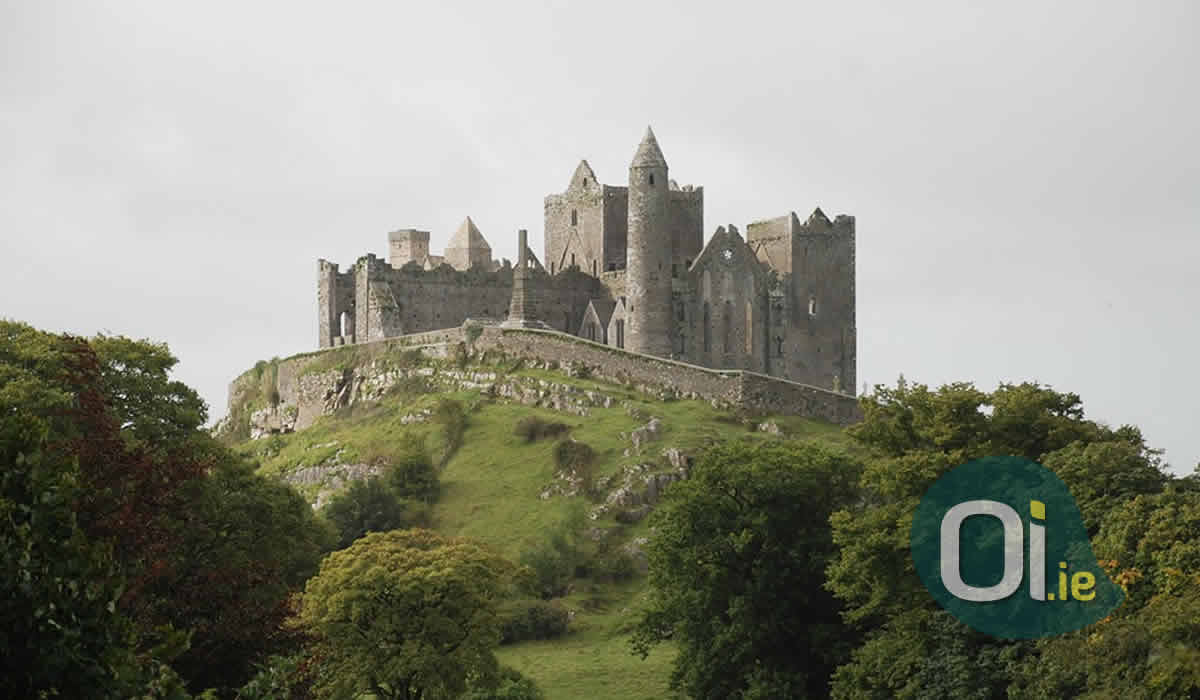Ireland is an island rich in history and culture, with a heritage going back thousands of years. As a result, Ireland’s archeology is incredibly fascinating and full of amazing finds. Today, we want to show you some of Ireland’s top archaeological finds and what they teach us about the country’s history.
Getting to know the archaeological findings of a country makes us better understand its culture and people, so we think it’s important for Brazilians to get to know Ireland a little better through its fascinating archeology.
Newgrange
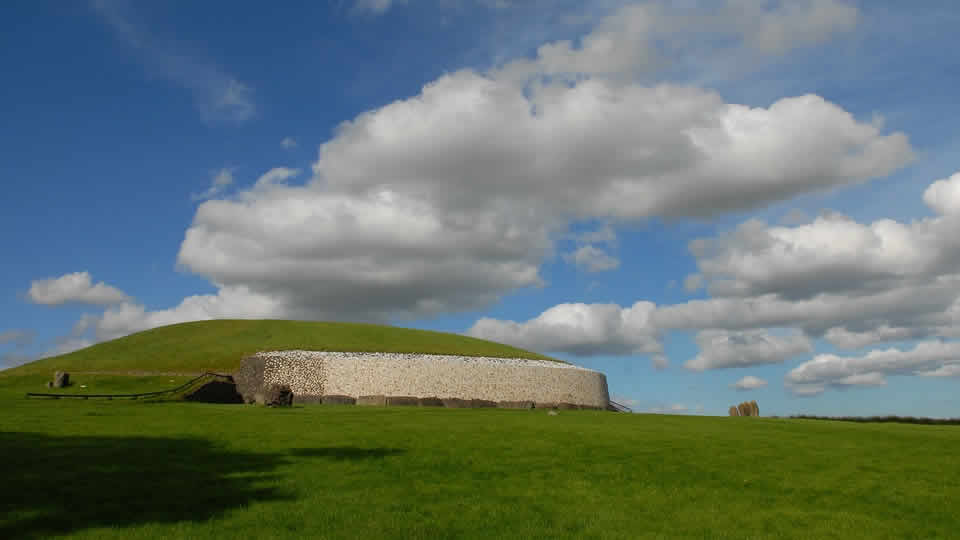
This is one of the most famous megalithic monuments in Ireland, and also one of the oldest in the world. It is a large circular tomb with an inner chamber, which was built around 3200 BC, before the pyramids in Egypt.
What makes Newgrange special is the fact that, on the winter solstice, a beam of sunlight penetrates through an opening above the entrance and illuminates the chamber for a few minutes, creating a magical spectacle. It is believed that Newgrange had religious and astronomical significance for its builders.
Hill of Tara
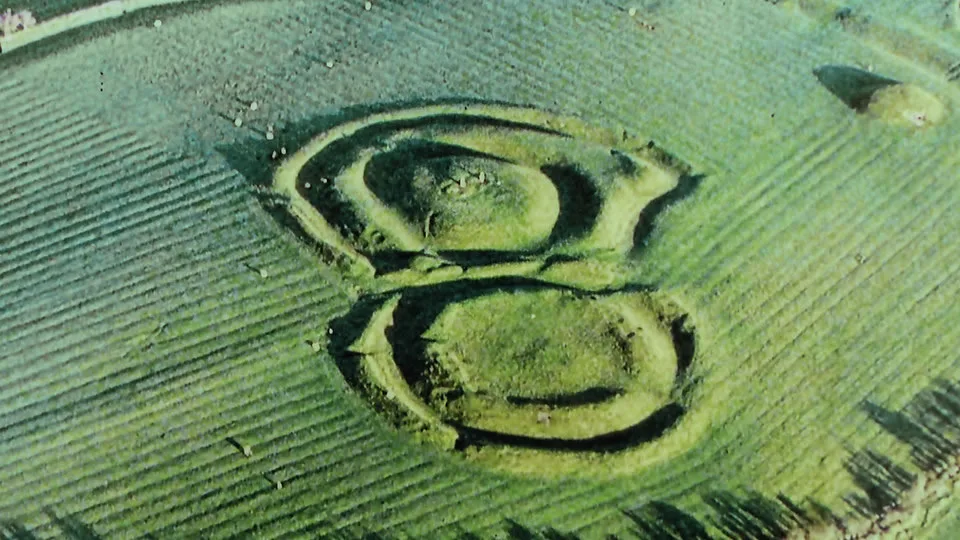
Tara is the name of a hill that was the political and spiritual center of pre-Christian Ireland. According to Irish mythology, Tara was the place where the high kings of Ireland were crowned and where the Celtic gods gathered.
Tara is also the site of several archaeological monuments, such as the Mound of the Hostages, a Neolithic tomb with cave art; the Stone of Destiny, a stone that made a sound when the rightful king touched it; and the Banqueting Hall, a rectangular structure that may have been used for ceremonies.
Skellig Michael
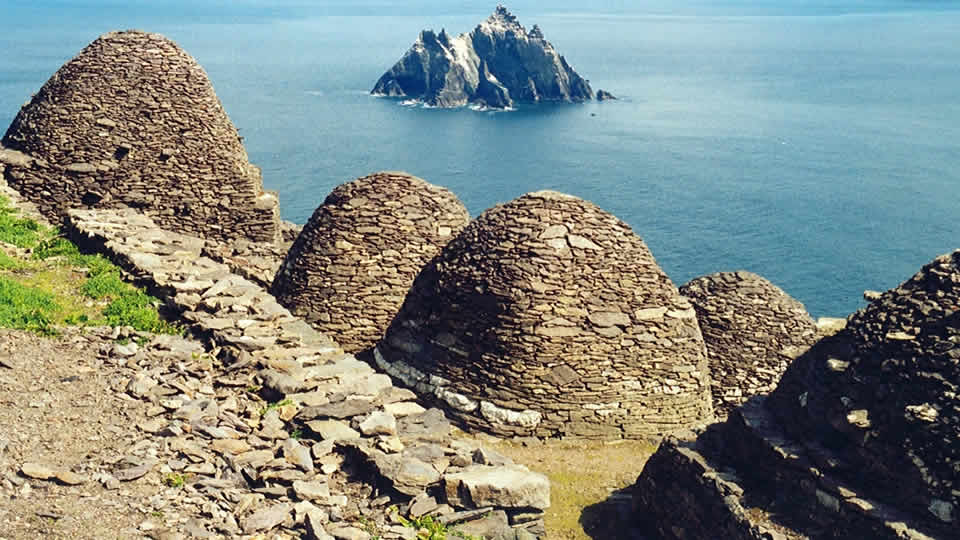
Skellig Michael is a rocky island in the Atlantic, home to one of the most impressive medieval monasteries in Europe. The monastery was founded in the 6th century by Christian monks who sought a life of seclusion and contemplation. They built several beehive huts, a chapel, a cemetery and an oratory on top of the island, about 200 meters above sea level.
The monastery was abandoned in the 12th or 13th century, but it still retains its sacred and mysterious atmosphere.
Clonmacnoise
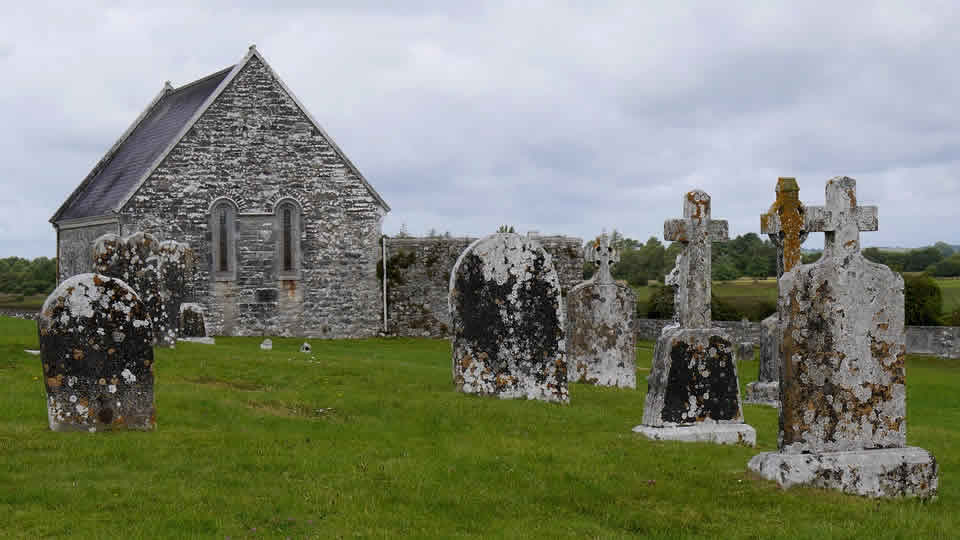
Clonmacnoise is one of the most important monastic centers in medieval Ireland. It was founded in the 6th century by Saint Ciarán, and has become a hub of learning and art, attracting students and pilgrims from all over Europe.
Clonmacnoise has several archaeological remains, such as churches, round towers, high carved crosses and ornate tombstones. The place is also of historical importance, as it was the scene of several battles between the Irish kings and the Viking and Norman invaders.
Hill of Uisneach
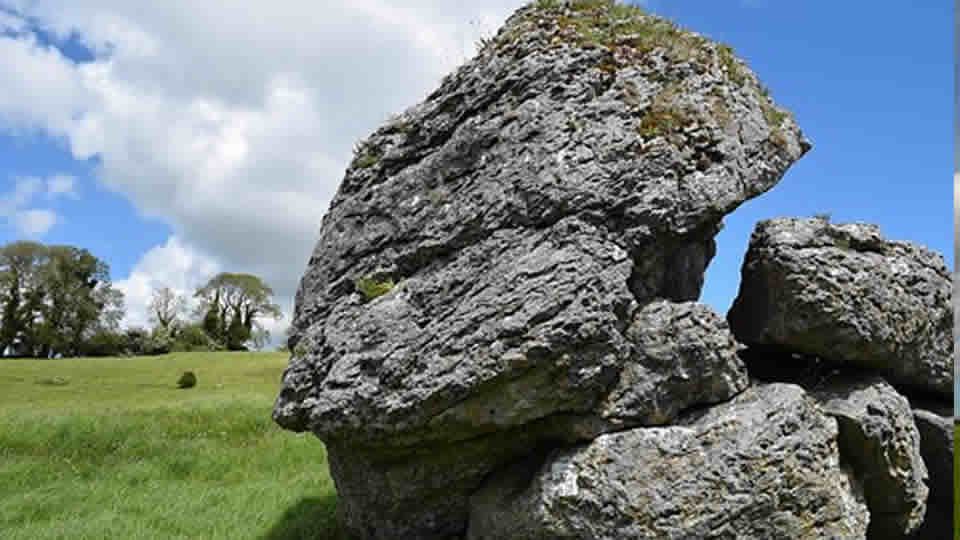
Hill of Uisneach is a hill that plays a key role in Irish mythology and history. According to legend, Uisneach was the place where the god Dagda lit Ireland’s first sacred fire, and where he met the goddess Ériu, who gave the country its name.
Uisneach was also considered the geographic center of Ireland, and the place where the five provincial kingdoms met. Uisneach has several archaeological monuments, such as the Cat Stone, a large stone that represents the figure of a cat; Lough Lugh, an artificial lake associated with the god Lugh; and the Rath of the Synods, a circular fort that may have been used for assemblies.
Conclusion
These are some of Ireland’s most important archeological finds, however, the country has a rich history and throughout the country this memory is preserved, so if you likeNow, all you have to do is pack your bags and discover Ireland from a different point of view.



